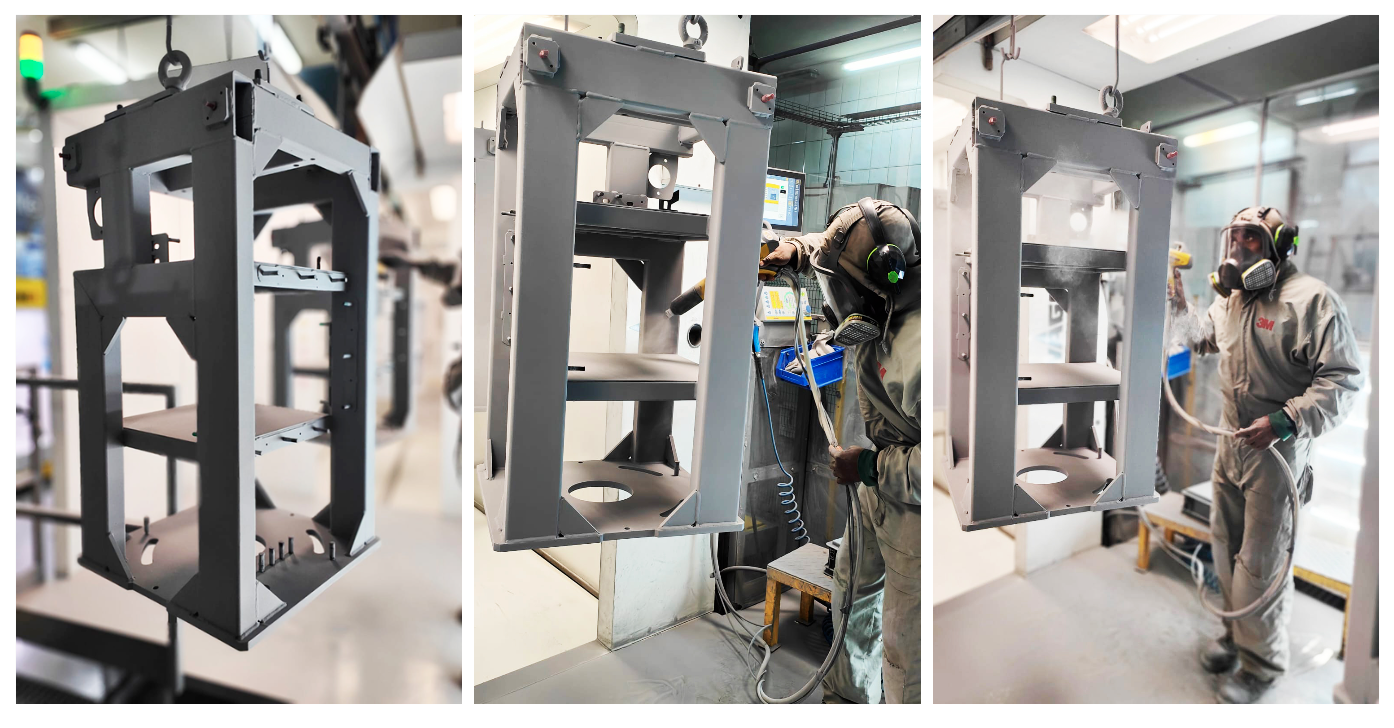Corrosion is one of the major challenges affecting metal surfaces, especially in industrial environments or those exposed to extreme conditions such as humidity, salinity, or chemical agents. In this context, applying an anti-corrosion treatment is much more than an aesthetic choice: it is a technical decision that can significantly extend the lifespan of a part and prevent future issues related to maintenance, safety, or cost. However, to ensure its effectiveness, it’s essential to understand that a proper treatment begins well before the actual painting. Several factors must be analyzed and decided with professional judgment.
One of the first aspects to consider is the final use of the piece. Protecting a metal structure that will remain indoors in an industrial facility is not the same as treating one that will be exposed to a marine environment, continuously subjected to moisture, salt, and temperature changes. It’s also important to assess whether it will be in contact with chemicals, exposed to friction, impacts, or constant sunlight. Each case requires a tailored solution.

Once the context has been defined, it’s time to choose the most suitable protection system. There is a wide range of options available: from different types of paints and chemical treatments to solutions such as hot-dip galvanizing, zinc spraying, or cataphoresis. Each system offers specific advantages and meets particular requirements. The choice will depend on the environmental conditions, the type of part, and the expected durability requirements.
However, no matter how effective the system is, it will lose efficiency if the surface is not properly prepared. In fact, this is one of the most critical phases of the process. It is essential to remove any grease, dirt, rust, or old paint residues. This may involve degreasing, chemical or mechanical stripping, and very often, blasting or sanding to create the optimal roughness that enhances the adhesion of the subsequent coating. Without this solid foundation, the treatment will not achieve the same resistance or durability.
It’s also essential to ensure that the treatment complies with current regulations. Depending on the industry or application, it may be necessary to follow standards such as ISO 12944, which sets the requirements for corrosion protection of steel structures using protective paint systems.
At Mestres Pintura Industrial, we work under certified protocols that guarantee not only regulatory compliance but also high standards of quality and reliability.
Another key aspect is the control of environmental conditions during the application process. Temperature, humidity, and a clean environment can directly affect the final result. That’s why having the right facilities and trained professionals is crucial to ensure a flawless finish.
In short, applying an anti-corrosion treatment is not a one-off action but a technical process that requires knowledge, experience, and a rigorous methodology. When done correctly, it becomes a long-term investment, protecting both the parts and the projects that rely on them.
At Mestres Pintura Industrial, we apply anti-corrosion solutions tailored to each need, always with a technical and personalized approach. We have a specialized team and the right facilities to ensure that every treatment meets the highest standards of quality, resistance, and durability.
We know that every part, environment, and project requires a specific analysis and impeccable execution. That’s why we support our clients throughout the entire process — from the initial evaluation to the final finish — to ensure effective and long-lasting protection.
If you have a project in hand and want to ensure maximum corrosion protection, we’ll be happy to advise you and offer the best solution for your needs. Get in touch with us!
